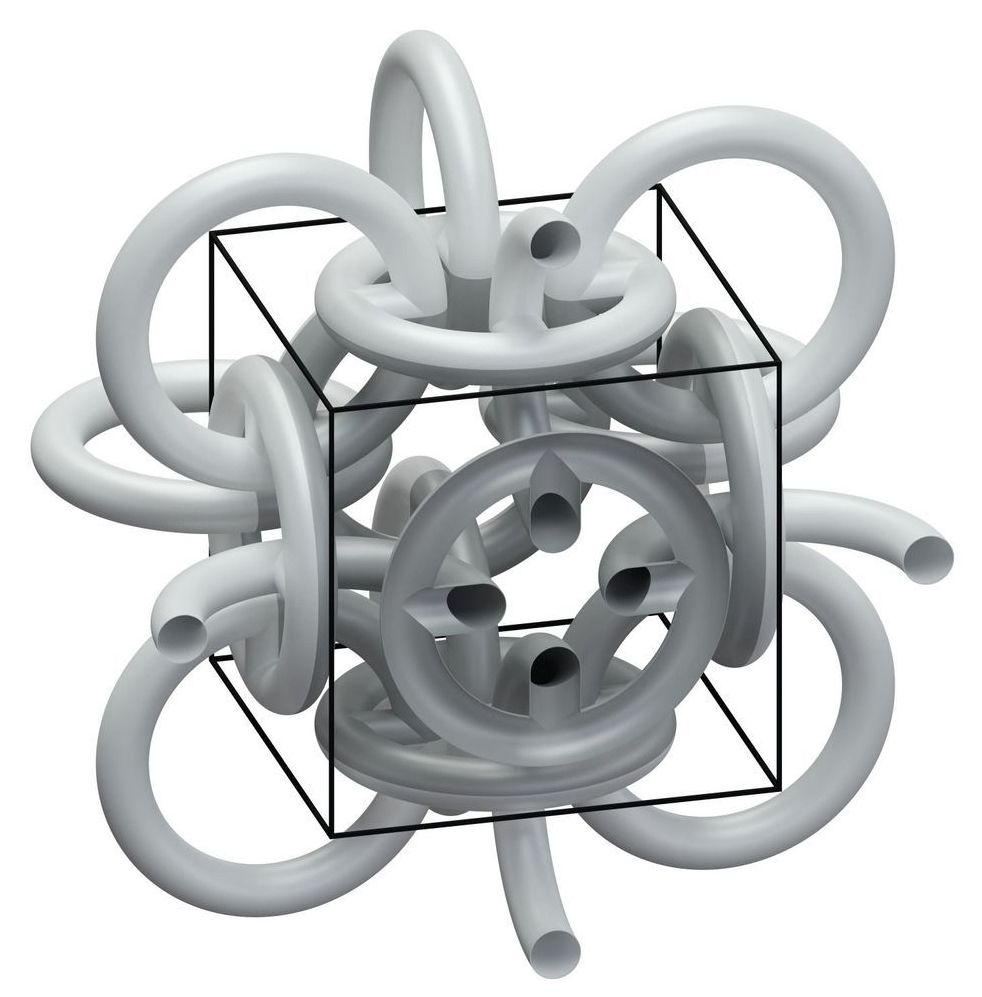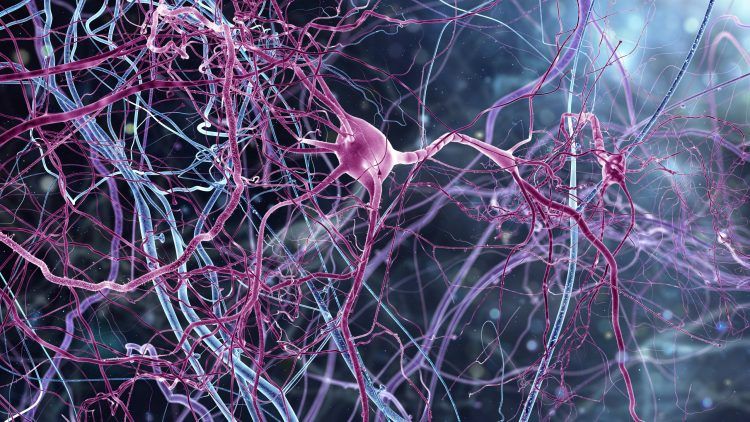Get the latest international news and world events from around the world.

Eyes to the skies: Rocket launch to be visible in DC region
NASA Wallops Flight Facility is scheduled to launch a rocket tonight that will be visible to the DMV as it climbs into the sunset sky.
The facility hopes to launch the 13th Northrop Grumman resupply mission to the International Space Station (ISS) at 5:39 p.m. near sunset. The Cygnus cargo ship (spacecraft) is the S.S. Robert H. Lawrence, named for the first ever African American selected as an astronaut.
The launch and mission will be carried live by NASA.






Metamaterial: Mail armor inspires physicists
Circa 2017
The Middle Ages certainly were far from being science-friendly: Whoever looked for new findings off the beaten track faced the threat of being burned at the stake. Hence, the contribution of this era to technical progress is deemed to be rather small. Scientists of Karlsruhe Institute of Technology (KIT), however, were inspired by medieval mail armor when producing a new metamaterial with novel properties. They succeeded in reversing the Hall coefficient of a material.
The Hall effect is the occurrence of a transverse electric voltage across an electric conductor passed by current flow, if this conductor is located in a magnetic field. This effect is a basic phenomenon of physics and allows to measure the strength of magnetic fields. It is the basis of magnetic speed sensors in cars or compasses in smartphones. Apart from measuring magnetic fields, the Hall effect can also be used to characterize metals and semiconductors and in particular to determine charge carrier density of the material. The sign of the measured Hall voltage allows conclusions to be drawn as to whether charge carriers in the semiconductor element carry positive or negative charge.
Mathematicians already predicted theoretically that it is possible to reverse the Hall coefficient of a material (such as gold or silicon), i.e. to reverse its sign. This was expected to be achieved by a three-dimensional ring structure resembling medieval mail armor. How-ever, this was considered difficult, as the ring mesh of millionths of a meter in size would have to be composed of three different components.

Study identifies brain stiffness as crucial for neurogenesis
A research team has shown that a key difference between neurogenic and non-neurogenic tissues is cross-linking proteins causing stiffness, a discovery that could be used to create new brain injury therapies.
Researchers compared the proteomes of regions in the brain that are neurogenic (neural stem cell niches) and those that are not (cerebral cortex). The scientists hope that by establishing how these tissues are different, future therapies for brain injury may be able to activate tissues to produce new neurons to repair the brain.